Katherine Parkinson is a BAFTA award-winning actor whose debut play, Sitting, has now been adapted for television. Apollo sat down with her and the artist Roxana Halls, who made portraits for the hour-long film, to discuss what it takes to reimagine portrait painting for the small screen.
Sitting tells the story of three individuals who sit for a portrait by the same artist, with surprising connections emerging between the characters – including the unseen painter – over the course of three intercut monologues. Where did the idea for the play, and particularly of exploring the relationship between the artist and the sitter, come from?
Katherine Parkinson: When I was approached [by BBC Arts and Avalon] to write a play, as somebody who is inexperienced in doing that but as somebody who has done a lot of plays, I thought: I’ve done quite a lot of monologues and I always enjoyed performing those sort of stream-of-consciousness-type bits of writing, so how could I have three monologues that are not the Talking Heads-type Alan Bennett monologue where you don’t really know who they’re talking to?
As a student I sat for an artist, an artist not as superior as Roxana, but an artist nevertheless, who paid me £12 an hour. And I remember really enjoying the time during the sitting – when I would talk out of nervousness, as is my wont, and then sometimes would be silent, because he was busy and engaged. It’s such an artificial thing to have to sit and, as I’m sure Roxana knows, after a while, a sort of strange, almost holy silence can take over when you’re permitted to not talk. And I thought it would be a very good structure, a very good fit for a play. Once I had that idea I got very excited about the different dynamic each person would have with the painter, and that’s when all the connections formed in my mind, the idea that they would all be connected in a different way.
Roxana Halls: I think I’m not alone among artists in finding many depictions of artists’ lives a little bit difficult, a little bit untrue. They tend to revolve around the mythology of an artist, their media, their contemporaries, rather than talking so much about the process of work, the actual work that you do. It’s very unusual to see an artist depicted through the people that they’ve painted. So often we’re compelled by looking at portraits and imagining the lives of the people within them, and here we don’t have to imagine those lives; we’re hearing their voices.
In your experience as a painter, Roxana, how have you found the relationship between the artist and the sitter to develop? Do sitters sometimes come to seem more vulnerable as the process continues?
RH: Certainly that’s my experience. Incredible stories come out, incredible intimate truths come out in the process of painting a portrait. There’s something kind of sacrosanct, something almost like a confessional in that moment, in that time that you spend with them in the sealed atmosphere of the studio. I think sitters do often feel that, in giving something of themselves, their intimate selves, they’re contributing to the painting. Any painting is a kind of collaboration but there’s a very particular type of collaboration that occurs when you paint a portrait and you hear about their stories – and sometimes their secrets, which is really exciting.
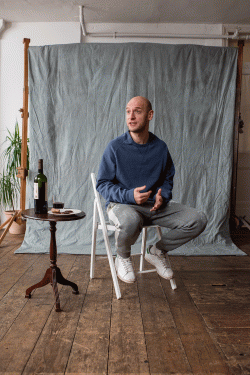
Mark Weinman as Luke in Sitting. Photo: Avalon/David Monteith
But there can be moments when you’re painting, and you’re thinking about the painting that you’re making and trying to get a good likeness but you’re trying to imbue it with something of that person and their story, and people are telling you things which are really, well, secret, really private stories – and you might actually not be zoning into that story at the time because you’re thinking about the painting itself.
There’s a clear narrative function for the relationship between artist and model in Sitting. But were there other thematic reasons for exploring this topic?
KP: The brief was about approaching people from different fields to write a play, so I wanted to do something that connected different types of art as well, and I liked the idea that it would almost be like a gallery viewing at the end of the play when it was in the theatre. But also because you feel hopefully that the writing is quite painterly, and in the end you have formed a picture… I mean I don’t know much about painting other than that I love Roxana’s work and my mum’s dad used to paint, and my late father-in-law, who died recently, used to study famous paintings and then do a forgery and sign it ‘Halibut’, which was his painter name. We’ve got all sorts of his paintings in our house. It was his way of getting to know a painting bit by bit, so I suppose a story similarly is dropping details of these lives, bit by bit, and then you have the painting at the end.
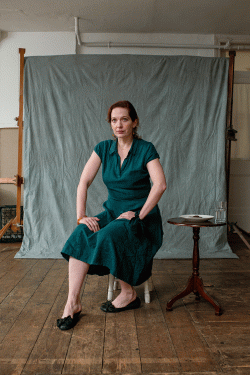
Katherine Parkinson as Mary in Sitting. Photo: Avalon/David Monteith
I did look into Augustus John, and found his life very interesting. I loved his paintings of [his common-law wife] Dorelia, and tried to mimic her pose when I sat as Mary. And the story is a sort of nod to the bohemian but feckless life that I’m not suggesting at all that artists live, but that was interesting to me, because [the artist] was somebody who was probably capable of deep emotional connection but perhaps was led by his artistic instincts and wasn’t always as respectful perhaps. I hope it doesn’t seem too moral because everyone should do what they want – but I do feel there’s a kind of licence we’ve often allowed people of a certain temperament. And, you know, people have to be answerable to the hurt that they cause.
Roxana, what was it like to take on the role of a ‘ghost-painter’ for this fictional artist?
RH: I found it really interesting. My wife did remark along the way, ‘You know the paintings really have to be good. They really have to be good because otherwise why are these people bothering with this guy?’ But there’s something I love in a slightly subversive way about that the fact that this story revolves around this old painter, this old male painter, and the person who is actually painting them is me. I love that I’m secretly doing this. But to do it, we were all performing. So I mean, a ‘ghost-painter’, I really like that, because I felt I was performing as much as anyone else. It’s not my painting that I’m making, I’m trying to make the painting that this character would have made over a long period of time spent with these people. But I was painting the portraits at high speed. Making them it was kind of like an extreme sport of portraiture!
It’s also interesting because this whole project was a form of performance but it’s so much less performative and stylised than anything that I actually make. For example, if I was going to say to Katherine ‘let’s do a painting’, I would paint Katherine doing something catastrophic, dramatic, heavily stylised – like a frozen moment from a film – so I wouldn’t be making that kind of image for myself.
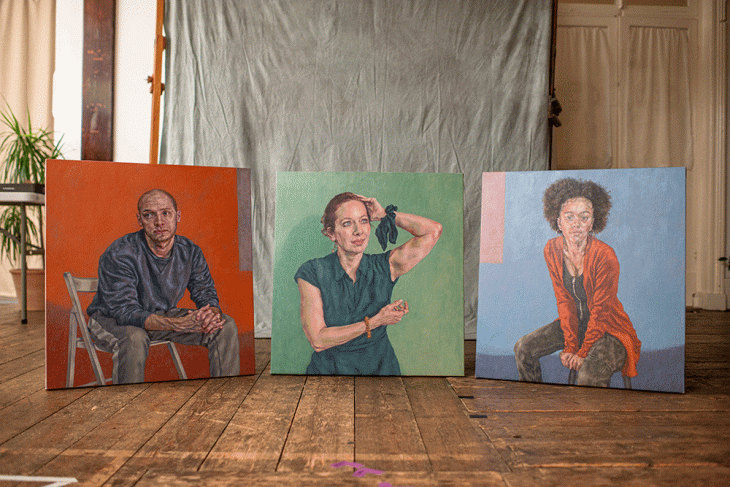
Roxana Halls’ portraits of Luke, Mary and Cassandra for Sitting. Photo: David Monteith/Avalon; © Roxana Halls
It feels like performance is a key theme in this story. The question of how people present themselves, and who they really are…
KP: Yes, absolutely. [The character of] Cassandra, appropriately named, is performing and not telling the truth and she sort of presents a version of herself. Certainly when I sat for the artist when I was really young I just kept trying to present versions of myself that I thought would be more palatable than the prosaic truth. I think that’s what’s so interesting about portraiture, when it’s brilliant: it cuts through to the truth.
RH: I think that is what we aim for, that is what we hope for. I always feel there are so many different ways of getting to the truth. There’s a persistent idea that you get to the truth through peeling away the layers, and stripping away the performance and the artifice, and I generally don’t find that. It is in what we pretend to be that we find the most truth in ourselves. That’s partly why I work with actors so much. They’re at home with that, they’re at home with engaging with that.
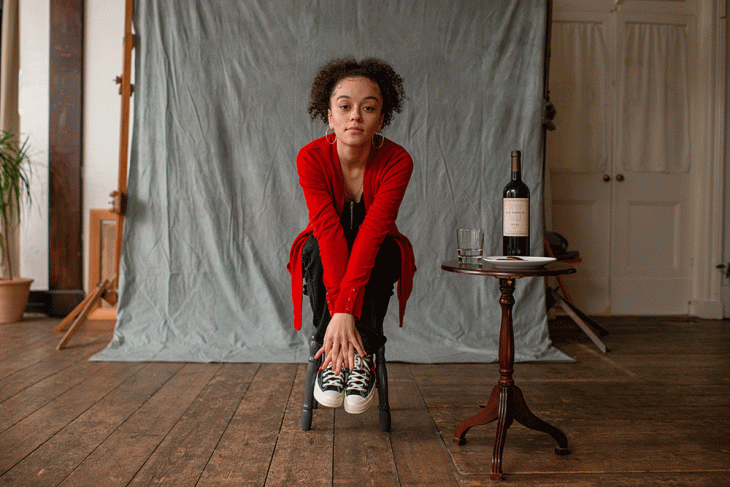
Alex Jarrett as Cassandra in Sitting. Photo: Avalon/David Monteith
Katherine Parkinson’s Sitting is part of BBC Lights Up and airs on Wednesday 7 April at 10.30pm on BBC Four.
Unlimited access from just $16 every 3 months
Subscribe to get unlimited and exclusive access to the top art stories, interviews and exhibition reviews.

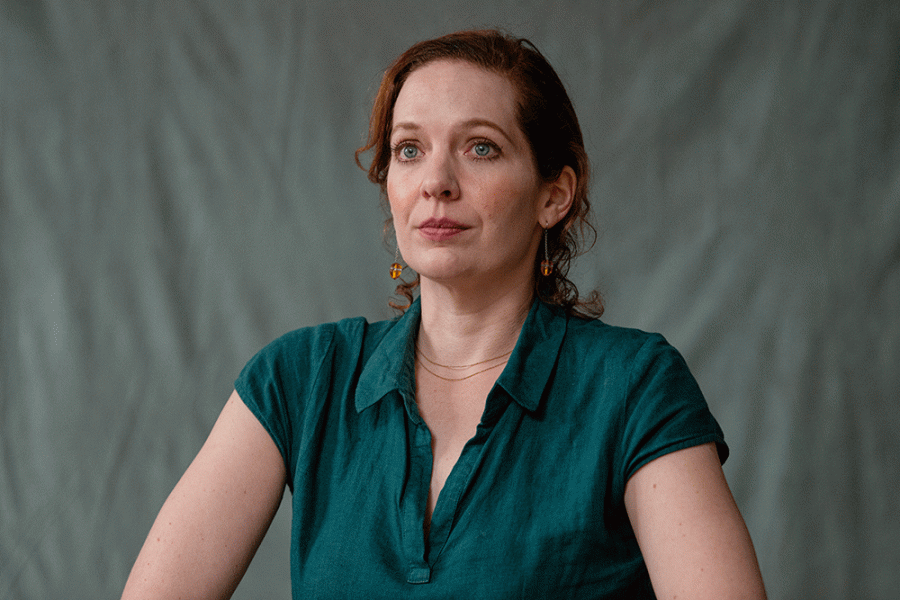
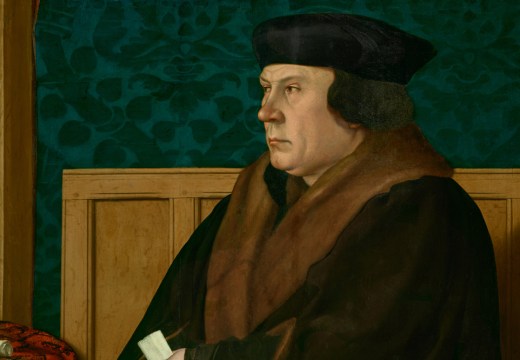
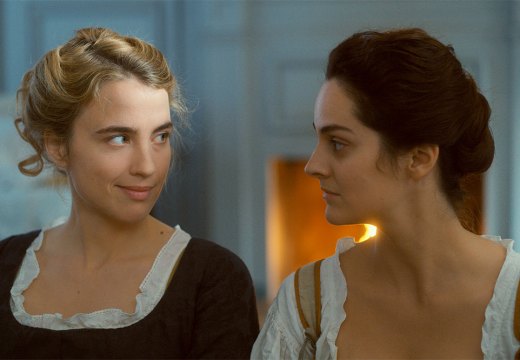
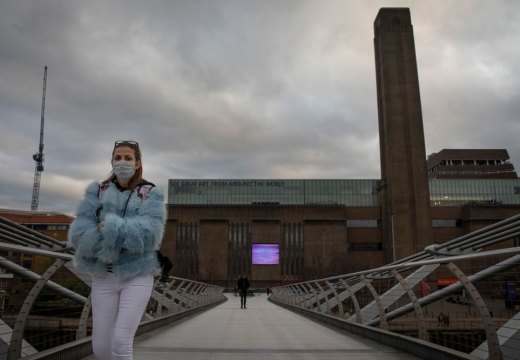









![Masterpiece [Re]discovery 2022. Photo: Ben Fisher Photography, courtesy of Masterpiece London](http://www.apollo-magazine.com/wp-content/uploads/2022/07/MPL2022_4263.jpg)
It’s time for the government of London to return to its rightful home